The value of genealogy
In Vietnamese society, every family has a genealogy. On the 15th day of the 7th lunar month and the 15th day of the 1st lunar month, relatives gather at the ancestral temple to worship their ancestors. They open the genealogy book to let the next generation know their origins as a reminder that "humans have ancestors and lineage".
Genealogy not only has the function of recording the family lineage, but also plays an important role as a document reflecting in detail the social activities and internal structure of the family. In addition, genealogical research also helps to analyze the different adaptations and developments of Confucianism in each region.
The family genealogy not only records achievements such as achievements in war, passing exams, or opening up villages, but also mentions other events such as punishments, separation of families or villages, and changes of surnames due to bankruptcy or failure.
In addition, Vietnamese genealogies also contain a lot of information about women (mother, wife and daughter...) and maternal family (father-in-law, son-in-law, and grandchildren...), thereby truly reflecting the life and conflicts in contemporary society, messages about Vietnamese society in the past from a historical perspective.
According to Mr. Jo Hoyeon, a graduate student at Osaka University and a researcher at the Center for Southeast Asian Studies (CSEAS), Kyoto University, “The Vietnamese genealogy in the modern period (early modern period) shows the birth of genealogy and its value. The results of classifying 238 genealogical documents show that the process of compiling genealogical records began to develop strongly in the late Le Dynasty (18th century), increased rapidly during the Nguyen Dynasty, and especially reached its peak in the second half of the 19th century. In terms of geography, most of the genealogical records are concentrated in Northern Vietnam, especially in the Hanoi area and surrounding areas, showing a regional bias in the process of collecting documents.”
Mr. Jo Hoyeon, based on the genealogy, divided the families into six groups, including: Royal family (Le and Nguyen) and meritorious family (including Lord Trinh); Families with people passing the Huong Cong or Doctorate exams under the Le dynasty; Families with people attending the Huong exam (students); Families with people passing the Tu Tai, Cu Nhan, and Doctorate exams under the Nguyen dynasty; Families with no one passing the imperial examinations; Families with unknown information about the imperial examinations.
“The elite class (officials, royalty, and scholars) played a central role in compiling genealogies, demonstrating that genealogies were mainly created by families belonging to the intellectual class,” said Mr. Jo Hoyeon. For example, the Doan family (Huu Hoa commune, Thanh Tri district, Hanoi city) began to be famous from the second half of the 17th century as a family of military officers. By the 18th century, this family began to have low-ranking officials serving in the Trinh Lord's Palace. From the second half of the 18th century, with a greater interest in education, many members of the Doan family passed the imperial examinations in the 19th - 20th century, thereby gradually establishing the family's position as a scholar family (scholars), that is, the elite class in society. A typical example is Mr. Doan Trong Huyen (1808 - 1882), who passed the bachelor's exam in 1831 and became an official of the Imperial Academy.
Mr. Jo Hoyeon also discovered that branches within the same family lineage competed in compiling genealogies, leading to the emergence of different versions of the same genealogy. This is related to the movement of building ancestral halls in the 19th century, demonstrating that genealogies were not only a genealogical record, but also an important means for families to affirm their inheritance and social status.
The role of women in family tree
There is a widespread belief that women are excluded from the patriarchal kinship group, that is, the clan. “However, by incorporating genealogy into the study as a new perspective, it has been shown that in addition to their important role within the clan, women also actively participate in worship rituals and even become objects of worship in some cases. Women’s offerings are not only directed towards the village community, but are also carried out in close relationships with the family and clan. It reflects the importance of women in the clan structure and ancestor worship beliefs,” Mr. Jo Hoyeon emphasized.
Genealogy of the Doan family in Thanh Tri, Hanoi. (Source: Document) |
Records in the family tree show that women are not only simply members of the family, but also play an important role in the family through the inheritance of ancestor worship rituals and the donation of property, to maintain the family and community institutions. This shows that women have become one of the important pillars in the family organization. However, in feudal society, women also have to bear a double economic and social burden, because they have to obey their husband's family and maintain their responsibilities to their parents' family.
To demonstrate the role of women in ancestor worship, Mr. Jo Hoyeon emphasized that: “The genealogy shows that even among Confucian scholars, the inheritance of ancestor worship was flexibly adjusted based on the national law and customs, not completely following the rigid principles of Confucianism.”
Pham Dinh Ho (1768 - 1839), the author of the famous work "Vu Trung Tuy But", expressed regret when he saw that his son-in-law and grandson valued his wife's or mother's family more than his own paternal family. This shows that Confucianism had not yet been thoroughly shaped. Notably, the subjects that Pham Dinh Ho criticized were not ordinary people but people of the Confucian scholar class.
In the French customary surveys in the late 1920s, there were still conflicting opinions among Confucian scholars on the issue of daughters inheriting the ancestor worship. In Vietnamese, the word “truyen” not only means “story”, but can also be understood as “event” or “truth” of an event. Through the stories of people recorded in genealogies, we can find the “truth” behind the social changes of Vietnam. However, to clarify this situation, a more detailed and comprehensive survey is needed not only of genealogies, but also of other historical sources, such as steles, land registers, literary collections and chronology.
Regarding the change in the way of representing generations in genealogies, there has been a shift from the "self-centered type" to the "ancestor-centered type" in genealogical recording. Specifically, in the 18th century, the "self-centered type" form (counting from the father's generation as the first generation and counting backwards) was dominant, but in the 19th century, the "ancestor-centered type" (taking the ancestor of the family line as the starting point) gradually became more popular. However, this transition still saw cases of returning to the "self-centered type" form in genealogical recording.
Further analysis shows that the "self-centered type" is closely related to the tradition of worshiping four generations and the method of recording ancestral tablets (god-heads). This shows that this form of genealogical recording is suitable for worship rituals that focus on the celebrant and the practical needs of managing the family's assets and commemorating the death anniversary. In contrast, the "ancestor-centered type" emphasizes the unity of the entire family and the legitimacy of the ancestors, reflecting the increasingly profound influence of Confucianism. The choice between these two forms of genealogical representation shows that the genealogists made flexible adjustments to ensure harmony between Confucianism and the practical needs of the family, according to Mr. Jo Hoyeon.
Tuan Ngoc
Source: https://baophapluat.vn/giu-gin-van-hoa-viet-goc-nhin-tu-gia-pha-post547927.html


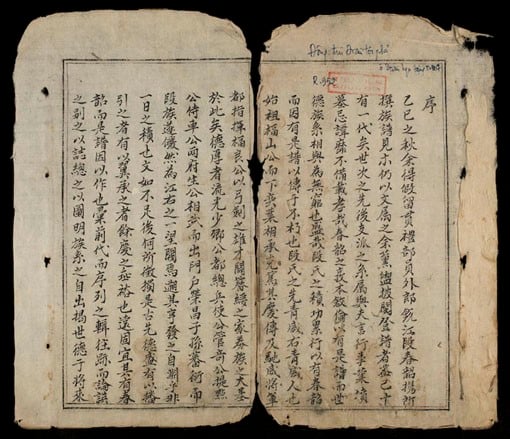

![[Photo] General Secretary To Lam attends the 8th Congress of the Central Public Security Party Committee](https://vphoto.vietnam.vn/thumb/1200x675/vietnam/resource/IMAGE/2025/10/4/79fadf490f674dc483794f2d955f6045)

![[Infographic] Notable numbers after 3 months of "reorganizing the country"](https://vphoto.vietnam.vn/thumb/1200x675/vietnam/resource/IMAGE/2025/10/4/ce8bb72c722348e09e942d04f0dd9729)








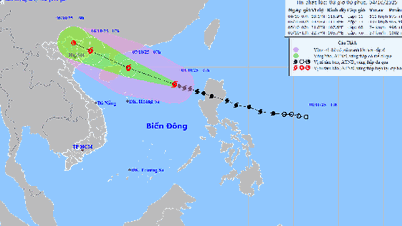

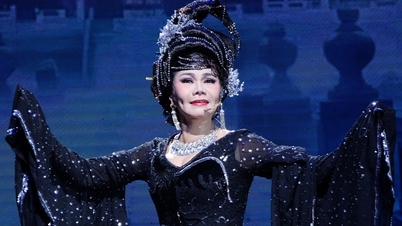





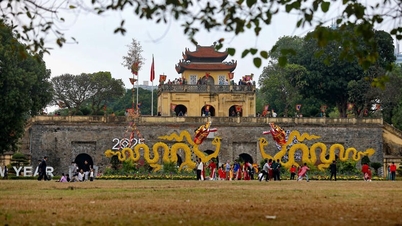





![[Photo] Prime Minister Pham Minh Chinh chairs meeting to deploy overcoming consequences of storm No. 10](https://vphoto.vietnam.vn/thumb/1200x675/vietnam/resource/IMAGE/2025/10/3/544f420dcc844463898fcbef46247d16)
![[Photo] Students of Binh Minh Primary School enjoy the full moon festival, receiving the joys of childhood](https://vphoto.vietnam.vn/thumb/1200x675/vietnam/resource/IMAGE/2025/10/3/8cf8abef22fe4471be400a818912cb85)
















































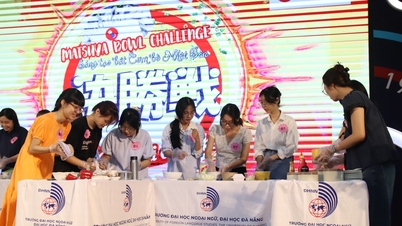



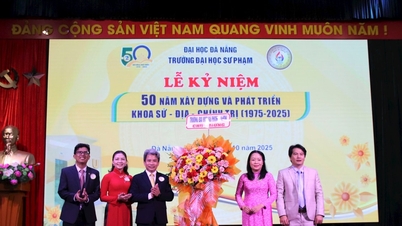
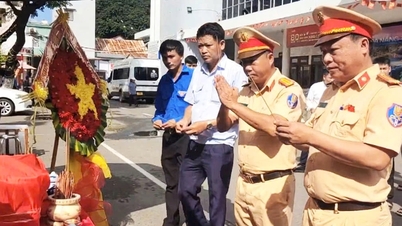
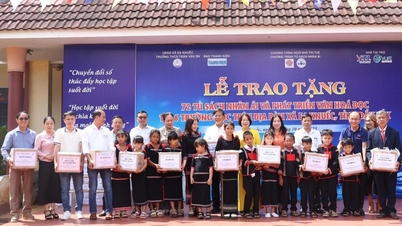






Comment (0)